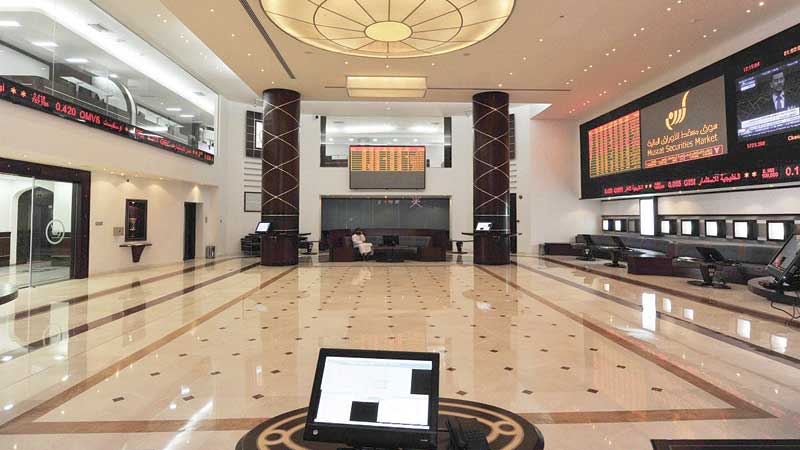

Promising trend: The MENA region saw a total of nine IPOs in 2020, raising proceeds of $1.86 billion
BUSINESS REPORTER -
MUSCAT, FEB 28 -
Oman’s reforms aimed at privatisation of government assets are expected to lead to an increase in IPO activity over the coming years, according to a report by global professional services firm EY.
The MENA region saw nine IPOs raise proceeds of $1.86 billion, a fall of 40 per cent in total issuances and 94 per cent in total proceeds when compared with 2019, said EY in its MENA IPO Eye Q4 2020 report.
Out of the nine issuances, six were in the real estate sector, of which two were real estate investment trusts (REITs), with the remaining in the healthcare, consumer staples and insurance sectors.
The Aman REIF IPO on the Muscat Securities Market (MSM), which raised $52.5 million, was the first MENA IPO of 2020. The second IPO for the REIT sector — Oman REIT Fund — was floated recently and is due to be listed on the Omani bourse shortly.
One of the most anticipated listings from Oman is of OQ (formerly known as Oman Oil and Orpic Group), the government-owned global integrated energy company. They had announced in late 2019 that they were planning to IPO 20 per cent to 25 per cent of their shares in 2020; however, the listing did not materialise during 2020 due to the volatility in oil prices and the impact of the Covid-19 pandemic.
In Q4 2020, they announced plans to invest in alternative energy projects in Oman to further enhance their IPO story.
Oman announced several measures aimed at reducing their spending and raising revenues primarily through taxes.
A VAT of 5 per cent will be implemented in April 2021, and Oman is also expected to start implementing an income tax on high earners by 2022, an unprecedented move in the GCC countries.
Reforms are expected to continue in Oman coupled with an increase in privatisation efforts, which could see an increase in IPOs in the coming years.
Despite a subdued annual picture, Q4 2020 rebounded after a quiet Q2 and one IPO in Q3, with four IPOs in the MENA region raising $925 million in total.
Although the number of IPOs decreased by 33 per cent and proceeds were down 97 per cent compared with the same quarter in 2019, Q4 did have the highest proceeds of 2020.
Globally, IPO numbers continued to pick up with 1,363 IPOs taking place in 2020, a 19 per cent rise when compared with the previous year. Additionally, proceeds increased by 29 per cent from 2019, rising to $268 billion — the highest proceeds since 2010’s record of $290.2 billion raised via 1,361 IPOs.
Matthew Benson, EY MENA Strategy and Transactions Leader, said: “A decline in economic growth and significant disruption across various industries caused by the Covid-19 pandemic, together with a decrease in demand for oil, had a considerable impact on MENA stock performances in 2020.
Markets were also impacted at a global level. Market volatility in the first half of the year was higher than at any time since the global financial crisis, although it quickly subsided, and the latter half of the year presented some strong IPO market performances.
As 2021 begins, we believe that continued fiscal stimulus measures, an abundance of liquidity and growing confidence in Covid-19 vaccination programmes will sustain positive IPO momentum.”
Despite a drop of nearly 30 per cent earlier in 2020, the Tadawul recovered to end 2020 with a positive index return of 3.6 per cent, which was aided by the recovery in crude oil prices.
The Egyptian Exchange (EGX) saw the biggest decline among the observed indices, having lost 22.3 per cent. The Qatar Stock Exchange (QSE) and Abu Dhabi Securities Exchange (ADX) both ended the year relatively flat, while the Dubai Financial Market (DFM) and Boursa Kuwait indices both fell by 10 per cent and 13 per cent respectively during the same period. Equity markets in the MENA region experienced high volatility and average daily trading values increased significantly across the main exchanges.
Oman Observer is now on the WhatsApp channel. Click here



